How to Handle a Big Catch Without Losing It
The thrill of feeling a substantial tug on your fishing line is unmatched in the angling world. That moment when you realize you’ve hooked something significant—perhaps even the catch of a lifetime—sends adrenaline coursing through your veins. However, the journey from hooking a big fish to successfully landing it is fraught with challenges. Many anglers have experienced the heartbreak of losing a trophy fish in the final moments of what could have been a memorable catch. This comprehensive guide will walk you through proven techniques, essential equipment, and strategic approaches to ensure your next big catch makes it from water to shore, boat, or net without the dreaded “one that got away” story.
Understanding Fish Behavior Under Pressure
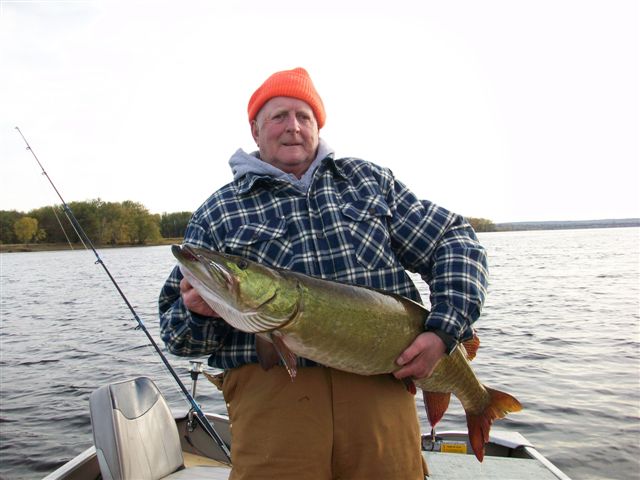
When a large fish realizes it’s been hooked, its instinctive response is to fight for survival using whatever natural advantages it possesses. Species like bass might leap from the water attempting to throw the hook, while others like pike or muskie may make powerful runs toward structure or cover where they can break your line. Catfish often dive deep and use their weight as leverage against your tackle. Understanding these species-specific behaviors is crucial because it allows you to anticipate and counter their escape tactics effectively. Each fish has evolved specific survival mechanisms that have served them well, and recognizing these patterns helps you develop appropriate responses that maintain control throughout the fight.
Essential Equipment for Landing Big Fish
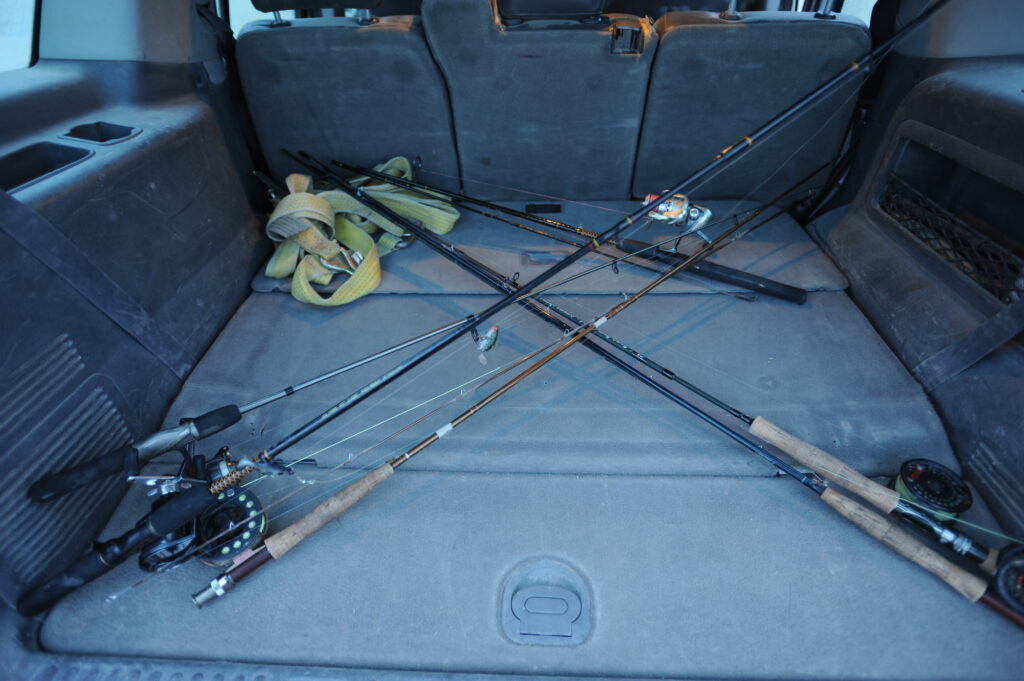
Your equipment forms the critical link between you and your catch, with each component playing a vital role in the success or failure of landing a big fish. Start with a rod that has enough backbone to handle the species you’re targeting, yet maintains enough flexibility to absorb sudden lunges and head shakes. Your reel should have a smooth, reliable drag system that can be adjusted quickly during the fight. Line selection is equally important—consider using braided line for its strength and low stretch properties, or fluorocarbon for its near-invisibility and abrasion resistance. Finally, don’t overlook terminal tackle: quality hooks, leaders, and swivels might seem like minor components, but they’re often the actual points of failure when a big fish is lost.
Perfecting Your Drag Settings
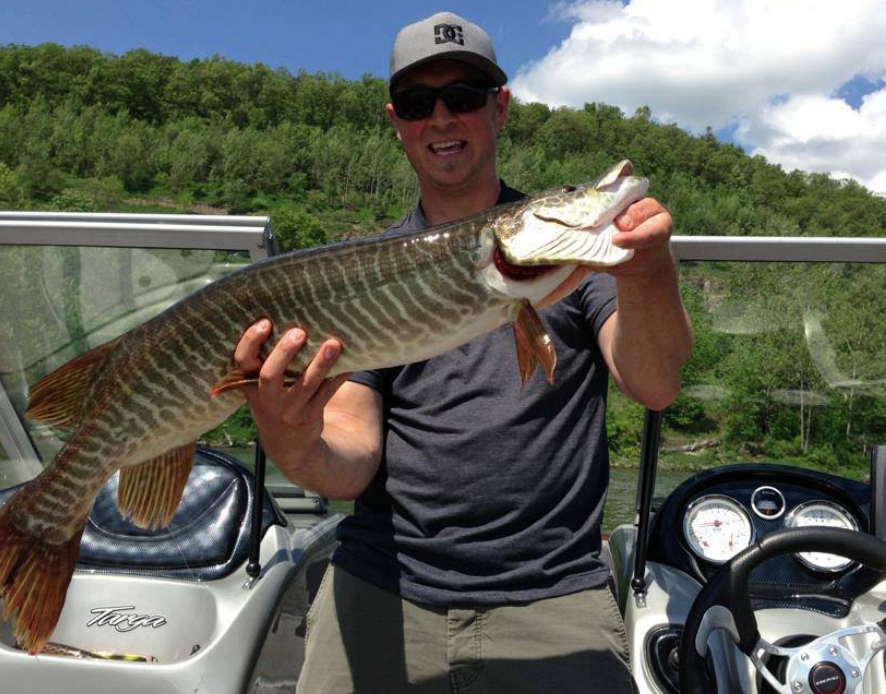
The drag system on your reel is perhaps your most important tool for fighting large fish effectively, acting as a mechanical buffer between raw fish power and your tackle’s breaking point. Setting your drag too tight risks breaking your line during sudden runs or when the fish makes powerful head shakes. Conversely, a drag that’s too loose may not provide enough pressure to tire the fish or could allow it to gain too much line, potentially reaching structure or creating slack that can lead to hook dislodgement. As a general rule, set your drag to approximately one-third of your line’s breaking strength before fishing, and be prepared to make adjustments during the fight based on the fish’s behavior and surroundings. The perfect drag setting allows the line to release smoothly under pressure while still maintaining constant tension on the fish.
The Initial Hook Set
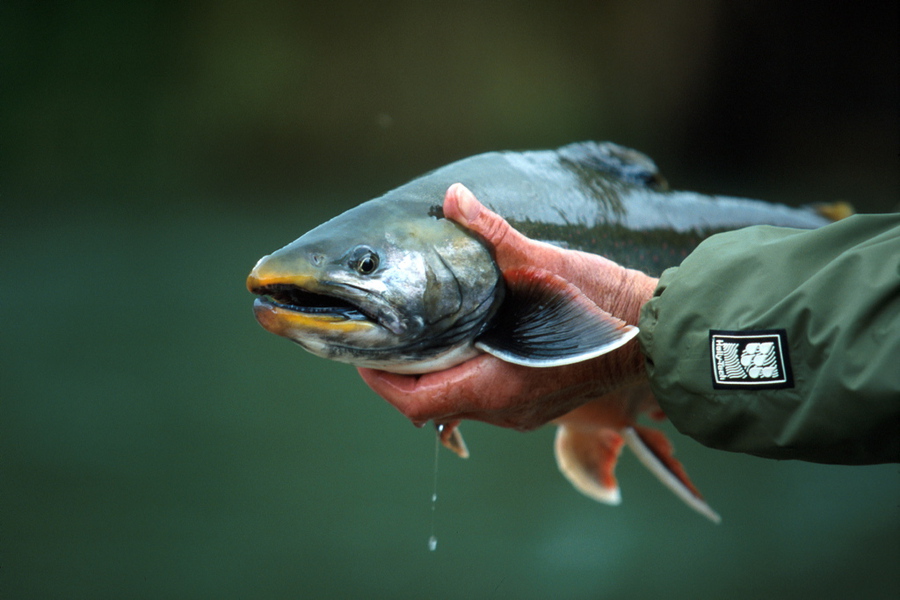
The moment you feel a bite is critical, as a proper hook set creates the foundation for successfully landing your catch. Different fishing scenarios and target species require specific hook-setting techniques—a powerful, sweeping hookset works well for bass fishing with single hooks, while a steady, firm pressure is better when using treble hooks or targeting soft-mouthed species like crappie. The timing of your hookset is equally important; setting too early can pull the bait away before the fish has it properly, while waiting too long might allow the fish to detect something amiss and reject the bait. When you feel the bite, take a split second to ensure the fish has the bait, then set the hook with appropriate force for the species and setup you’re using. A solid hookset drives the point past the barb, significantly increasing your chances of maintaining connection throughout the fight.
Maintaining Proper Rod Angle
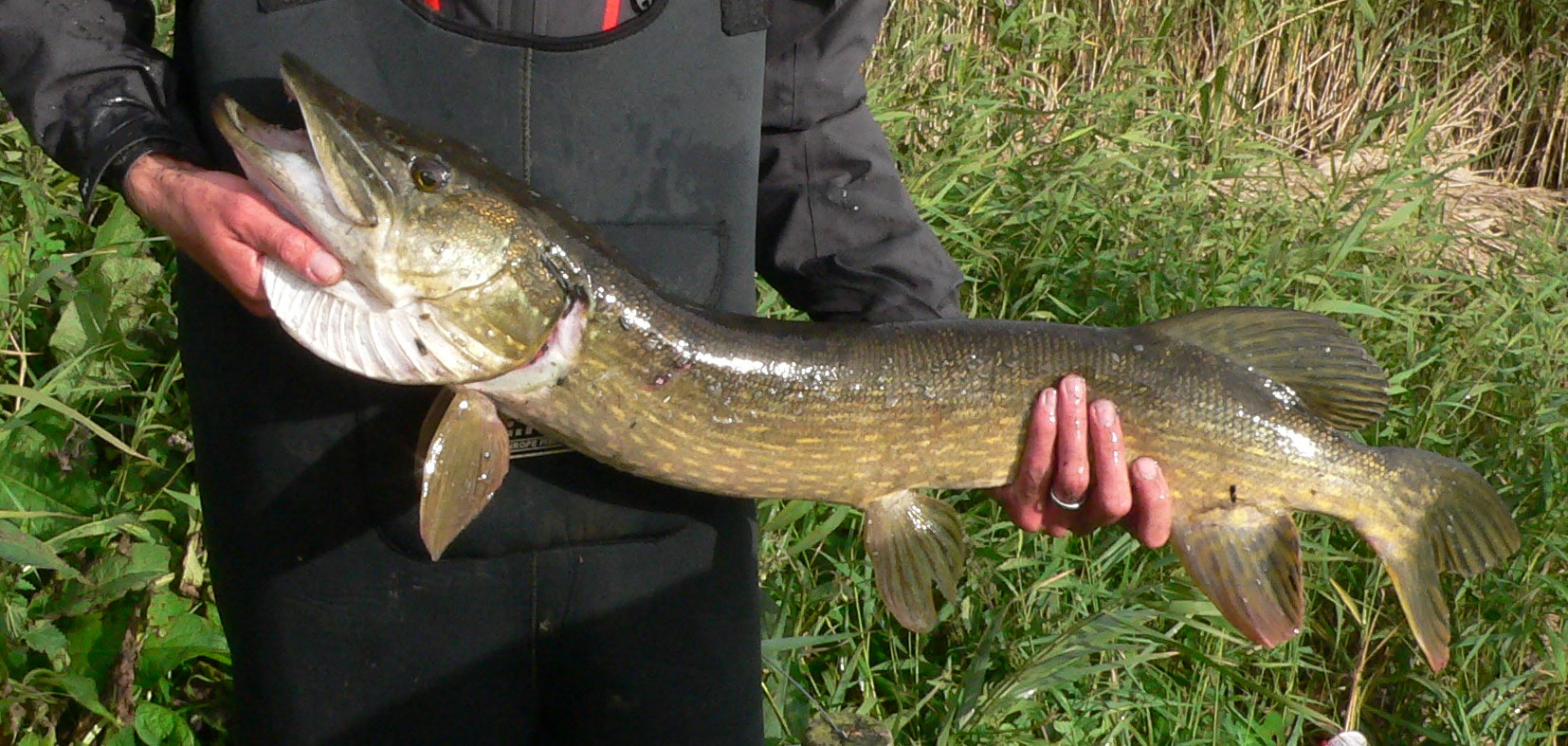
Your rod position during the fight plays a crucial role in absorbing the fish’s movements and maintaining constant pressure. Keep your rod tip up at approximately a 45-degree angle for most situations, which creates a buffer zone that can flex when the fish makes sudden movements. This angle maximizes your rod’s shock-absorbing capabilities while still allowing you to apply pressure. However, be prepared to adjust this position based on the fish’s behavior—if it jumps, quickly point your rod tip toward the water to create slack that prevents the hook from tearing out during the splash-down. When a fish runs directly toward you, lower your rod and reel quickly to eliminate slack, then resume proper rod position once tension returns. Proper rod positioning throughout the fight is a dynamic process that requires constant adjustment based on the fish’s movements and tactics.
Playing the Fish Effectively
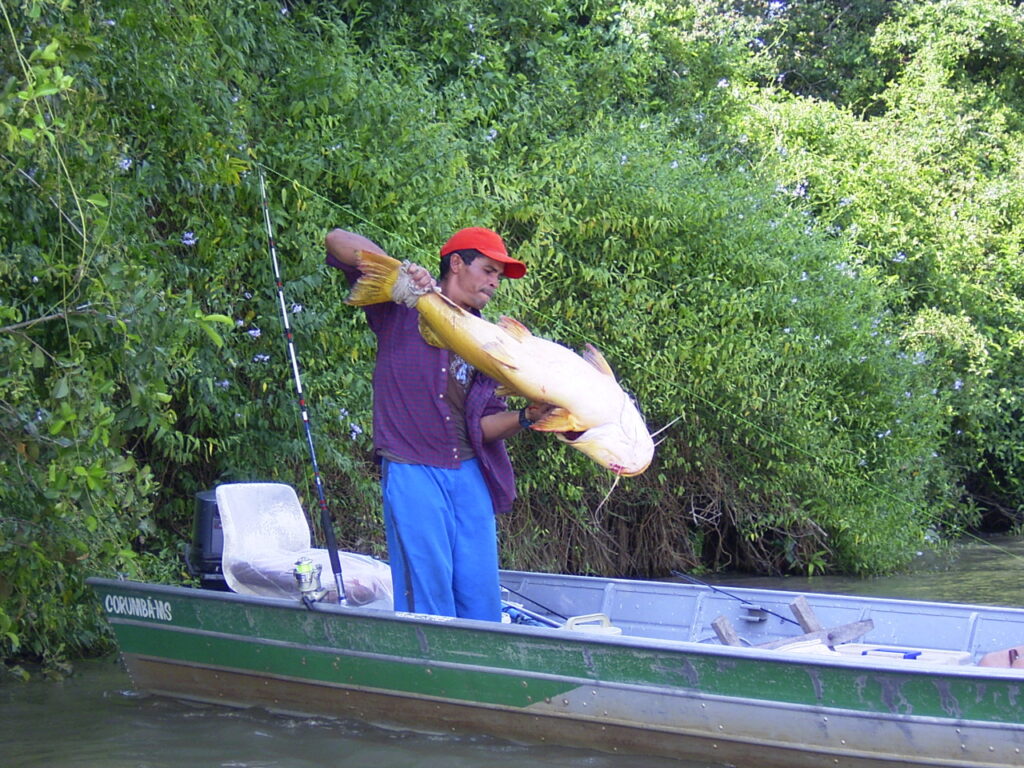
The art of playing a fish involves finding the balance between applying enough pressure to tire the fish while not exceeding your tackle’s limits. The goal is to maintain constant tension, never allowing the line to go slack, which could let the fish throw the hook. Use the rod’s leverage to your advantage by pumping and reeling: raise the rod tip to gain line, then lower it while reeling to recover the slack. This technique allows you to gradually wear down even large, powerful fish. Patience is essential during this process; rushing to land a fish prematurely is a common cause of lost trophies. Listen to your equipment and the fish’s responses—if your rod is severely bent or your drag is screaming, ease up slightly rather than risk equipment failure. The fish will signal when it’s tiring through less powerful runs and increasing surface time, indicating you’re making progress toward a successful landing.
Countering Jumping and Diving Tactics
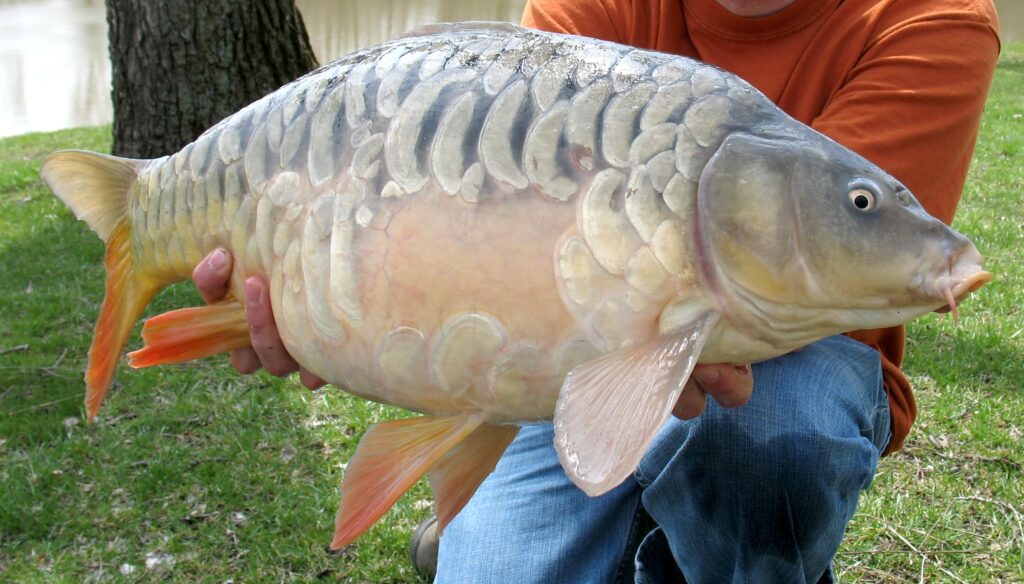
Different fish species employ specific escape tactics that require appropriate counter-strategies. When a fish jumps, quickly lower your rod tip toward the water to create slack in the line, preventing the hook from being leveraged out during the fish’s aerial acrobatics. Once the fish reenters the water, immediately resume tension by raising your rod and reeling in any slack. For deep-diving fish that use depth and weight as leverage, use a sideways rod position to apply lateral pressure that disrupts their downward trajectory. This sideways pressure is often more effective than pulling directly upward against a diving fish’s momentum. Species like carp or catfish may employ a tactic called “dogging,” where they stay deep and use broad, powerful movement. Counter this by maintaining steady pressure from different angles to prevent them from settling into a rhythm that could wear down your tackle or your stamina.
Handling Fish Near Structure
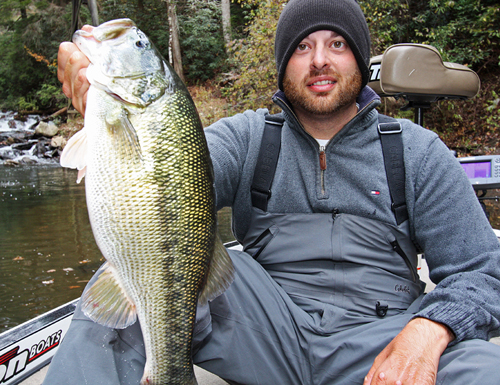
Structure areas like docks, submerged logs, or weed beds present particular challenges when fighting large fish, as these environments offer abundant opportunities for a hooked fish to break your line. When fishing near structure, your initial goal should be to guide the fish away from these hazards as quickly as possible, even if it means applying more pressure than you normally would. Use side pressure to steer the fish toward open water where you can fight it more safely. If a fish does head for structure, consider pointing your rod directly at the fish and applying pressure with your hand on the spool—this reduces the angle that might cause your line to scrape against abrasive surfaces. Sometimes you may need to briefly loosen your drag to prevent a break-off if a fish makes a powerful run toward structure, but be ready to tighten it again once the immediate danger has passed.
The Critical Final Moments
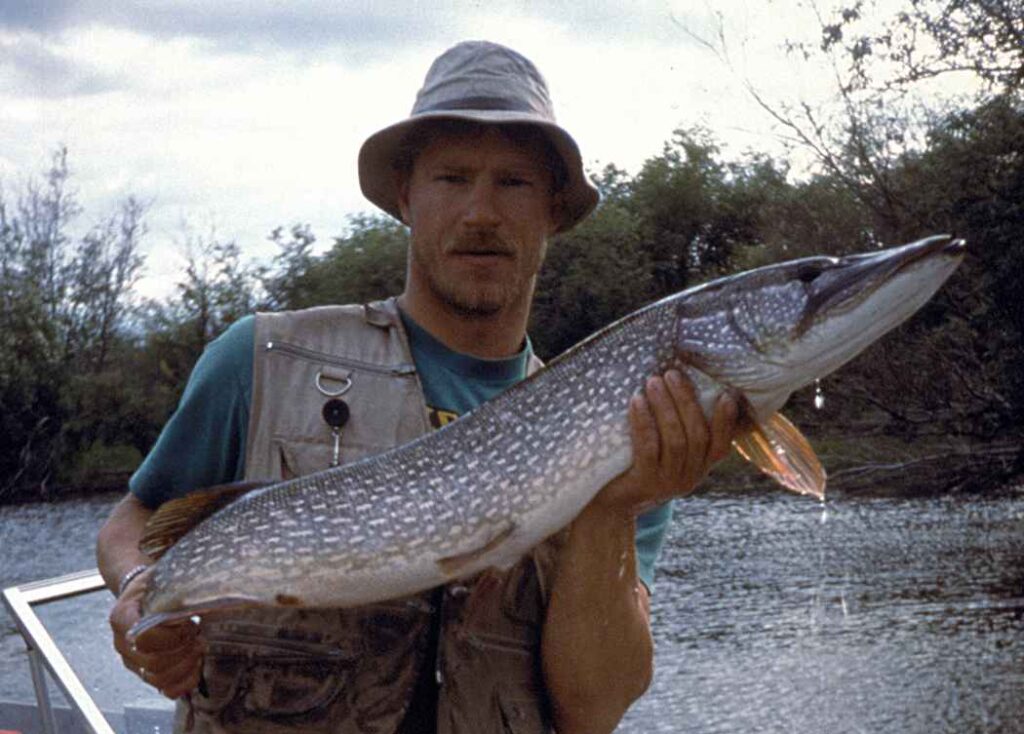
The last few seconds before landing a fish are often when anglers lose their prize catches, as the fish makes desperate, unpredictable movements when seeing the net, shore, or boat. During this critical phase, maintain steady pressure and be prepared for last-ditch efforts like quick dives under the boat or sudden directional changes. If you’re using a landing net, keep it submerged and out of sight until the last moment, then bring it under the fish in a smooth, decisive motion rather than chasing the fish with the net, which can cause panic. For shore fishing without a net, guide the fish to shallow, calm water before attempting to land it. When boat fishing, consider whether the fish is better landed with a net, lip grip tool, or by carefully lifting it over the gunwale—different species and sizes require different approaches. These final moments require focus and coordination, often determining whether your trophy becomes a celebration or another story about the one that got away.
Using Landing Tools Properly
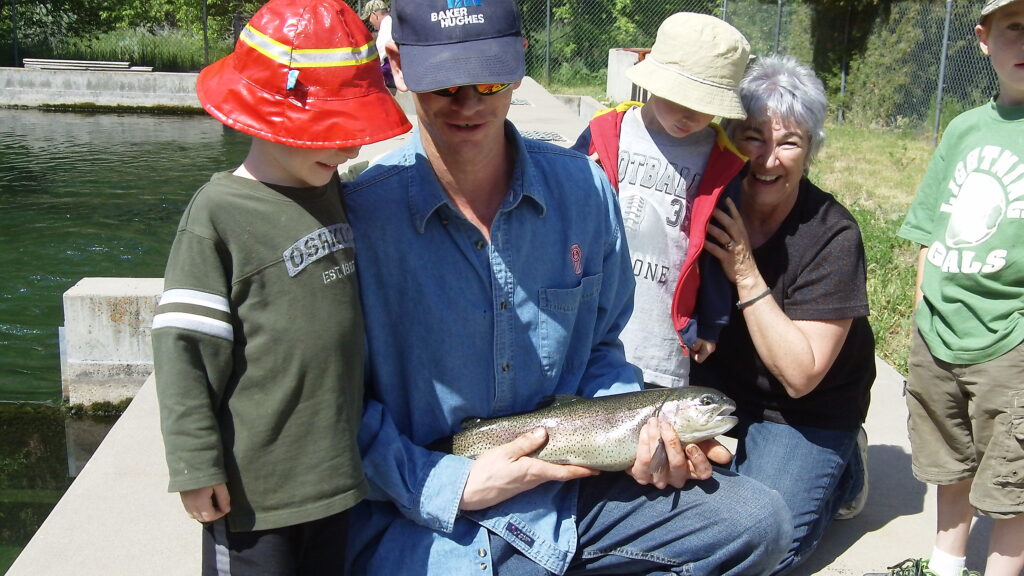
Landing tools like nets, gaffs, or lip grippers require proper technique to be effective, with each tool having specific applications based on fish species and size. When using a landing net, choose one appropriate for your target species—larger, deeper nets with knotless mesh are ideal for big fish and cause less damage to fins and scales. Position the net underwater and lead the fish over it headfirst, then lift in one smooth motion. Lip gripping tools work well for species with firm mouths like bass, but can cause injury to more delicate species. If using a gaff (appropriate only for fish you intend to harvest), target the shoulder area of the fish for a secure hold that doesn’t damage edible portions. Practice with these tools before you need them in a high-pressure situation with a trophy fish on the line. Remember that even the best landing tools are only as effective as the technique used to employ them.
Solo Landing Strategies
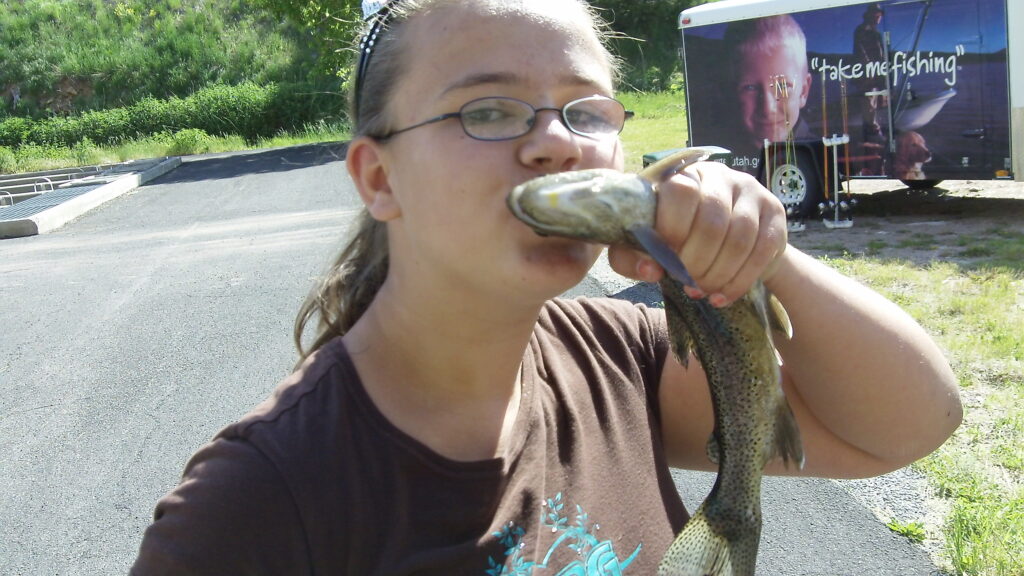
Landing big fish alone presents unique challenges that require advanced planning and specialized techniques. When fishing solo from shore, consider using a longer-handled net that extends your reach, and look for gradual slopes or beach areas that allow you to guide the fish into shallow water. Boat anglers fishing alone should prepare their landing area before the fight begins—clear the deck of obstacles, have the net assembled and within reach, and consider using an electronic trolling motor’s spot-lock feature to maintain position while you focus on landing the fish. The rod-under-arm technique can be particularly useful for solo anglers: once the fish is close, tuck your rod handle under your arm to maintain pressure while using both hands for the landing net or other tools. Having camera equipment pre-set on a timer or using voice-activated devices can help you document your catch without assistance.
Recovery and Release Techniques
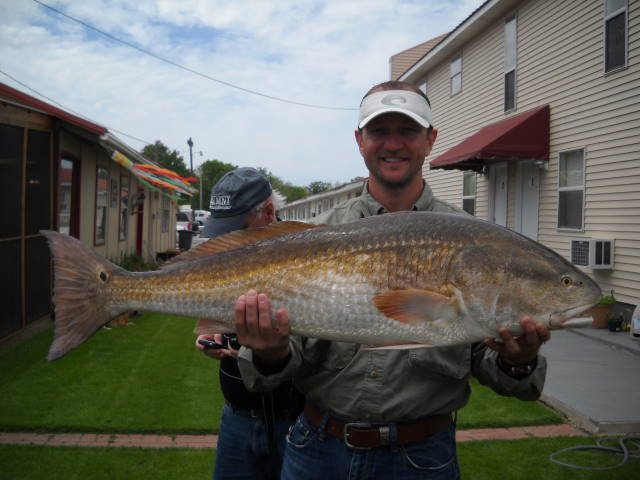
For catch-and-release fishing, proper handling after landing is crucial to ensure the fish survives to fight another day. Long battles can exhaust fish, building up lactic acid in their muscles and reducing their survival chances if not properly revived. When releasing fish, minimize their time out of water—ideally, less than 30 seconds for photos. Support large fish horizontally rather than holding them vertically by the jaw, which can damage internal organs. To revive an exhausted fish, hold it gently in the water facing into the current, allowing oxygenated water to flow over its gills. Watch for signs of recovery, such as stronger tail movements and attempts to swim away, before fully releasing your grip. The careful attention you give during this recovery phase is as important as the techniques you used to land the fish, completing the circle of responsible angling.
Learning from Lost Fish
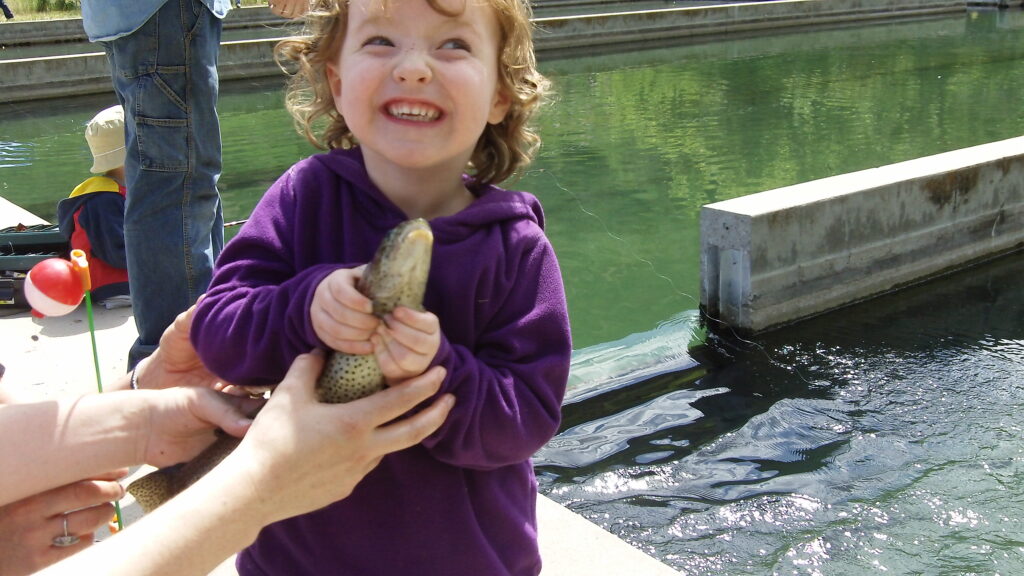
Even the most skilled anglers occasionally lose big fish, but these experiences provide valuable learning opportunities that improve future success rates. After losing a significant fish, take time to analyze what happened rather than simply lamenting the loss. Check your tackle for weak points—did a knot fail, was a hook straightened, or did the line break at an abrasion point? Consider your fighting technique and whether you applied too much pressure or perhaps not enough to control the fish effectively. Equipment failures often reveal maintenance issues or the need for upgrades when targeting larger specimens. The most successful anglers view lost fish not as failures but as educational experiences that highlight areas for improvement. By methodically addressing these insights, you transform disappointments into the foundation for future successful landings.
Mastering the Fight: Skill Over Strength
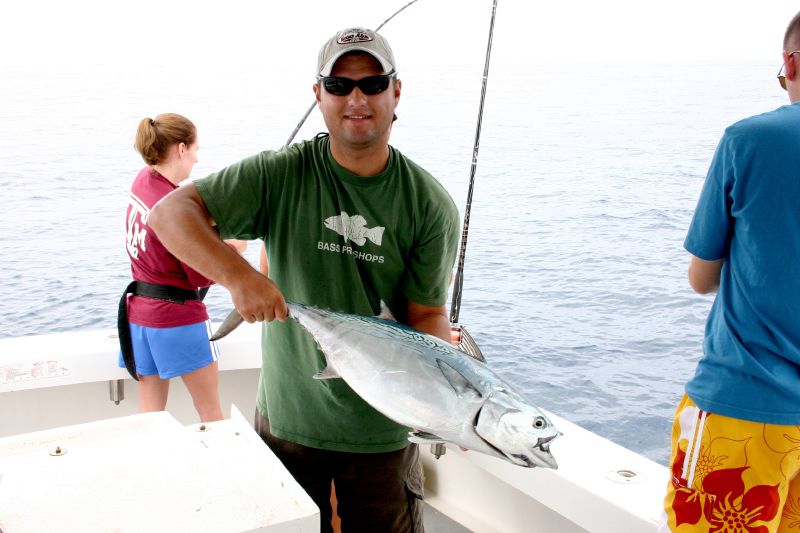
The difference between telling a story about “the one that got away” and proudly displaying photos of your trophy catch often comes down to preparation, technique, and maintaining composure under pressure. By understanding fish behavior, using properly maintained equipment, and employing strategic fighting techniques, you significantly increase your chances of successfully landing that once-in-a-lifetime catch. Remember that each fish presents a unique challenge, and the ability to adapt your approach based on species, conditions, and the fish’s behavior is what separates occasional success from consistent results. The next time you feel that heart-stopping tug of a big fish, you’ll be better prepared to transform that initial excitement into a memorable landing and, if practicing catch-and-release, a successful return to the water.


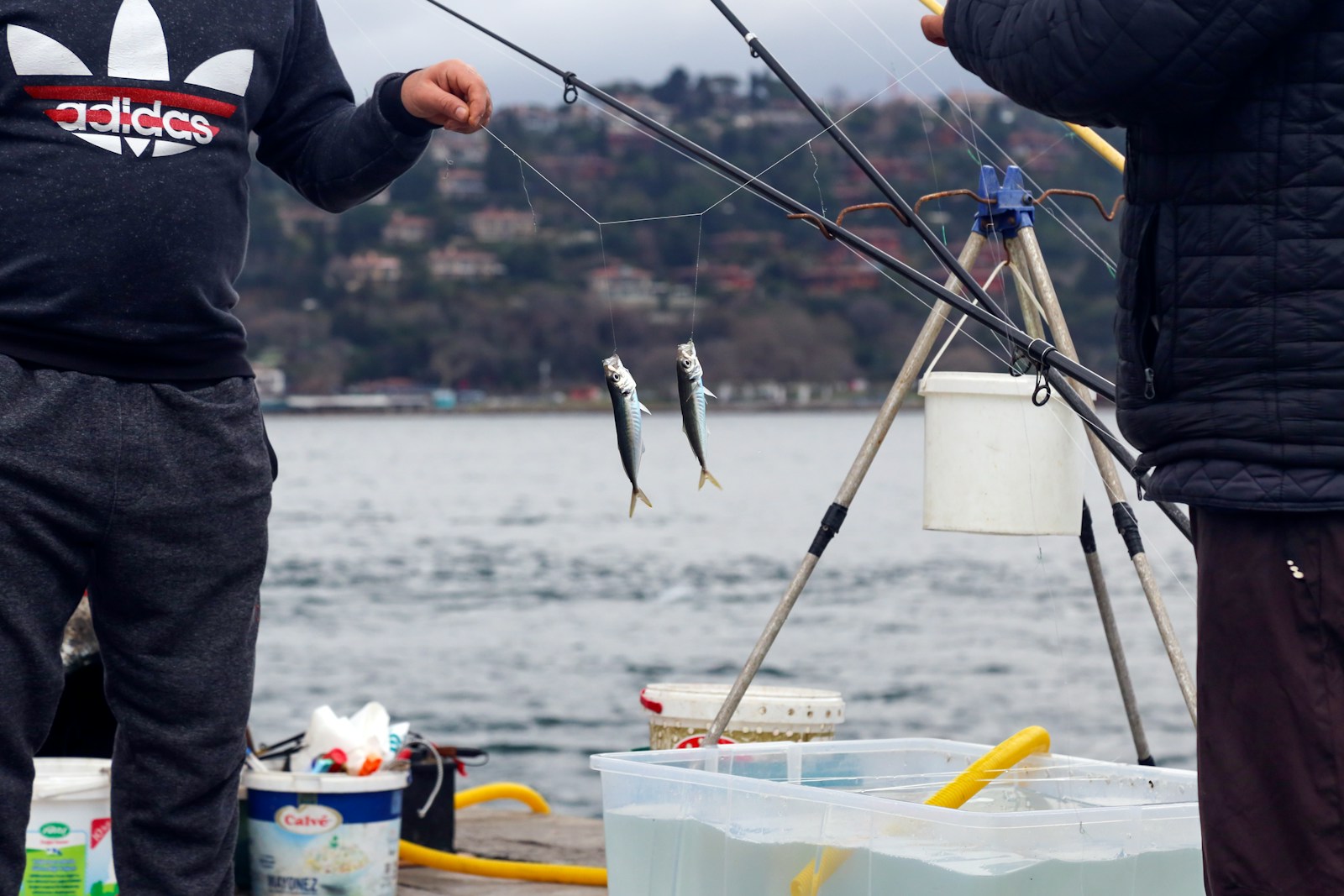











Post Comment